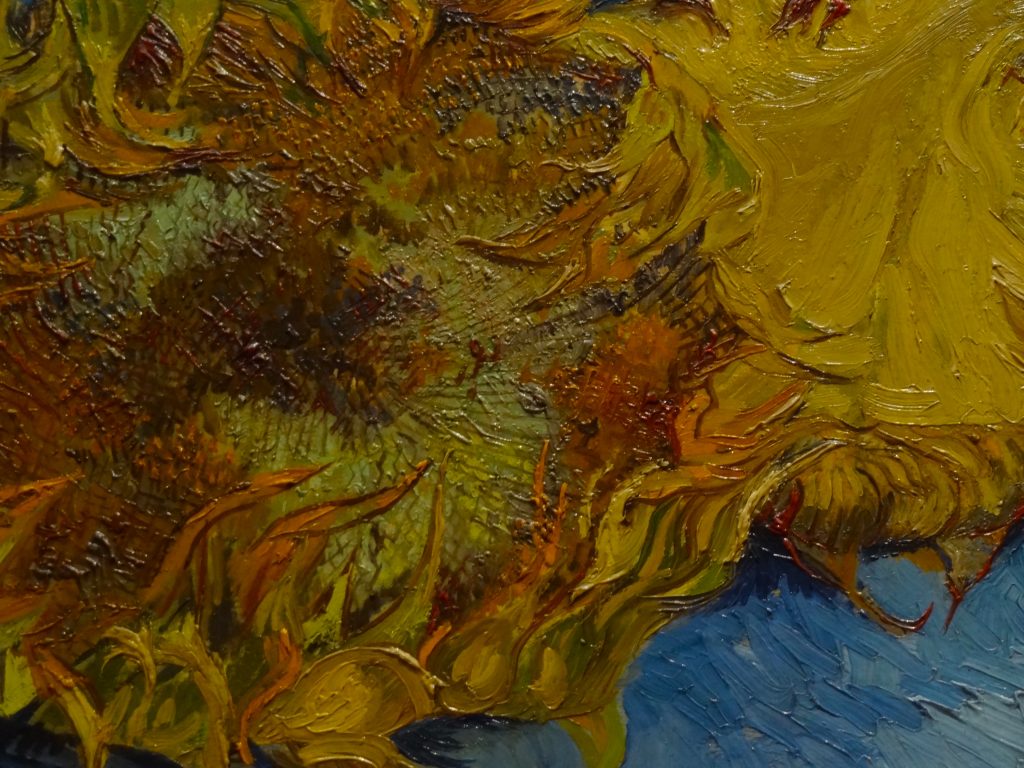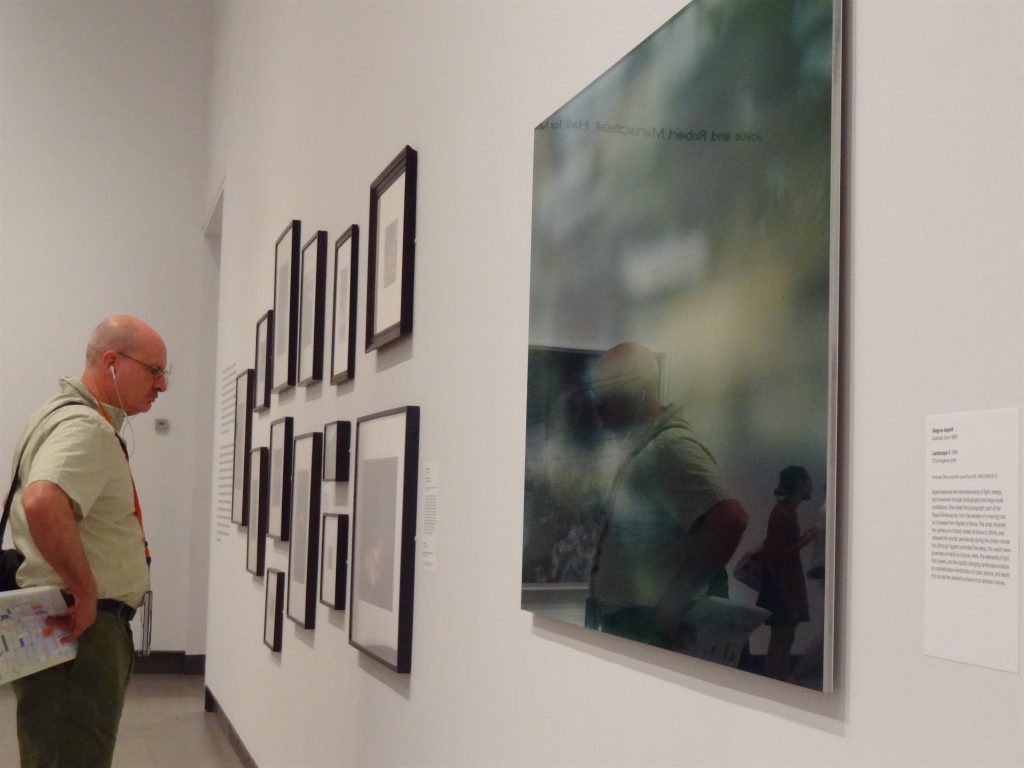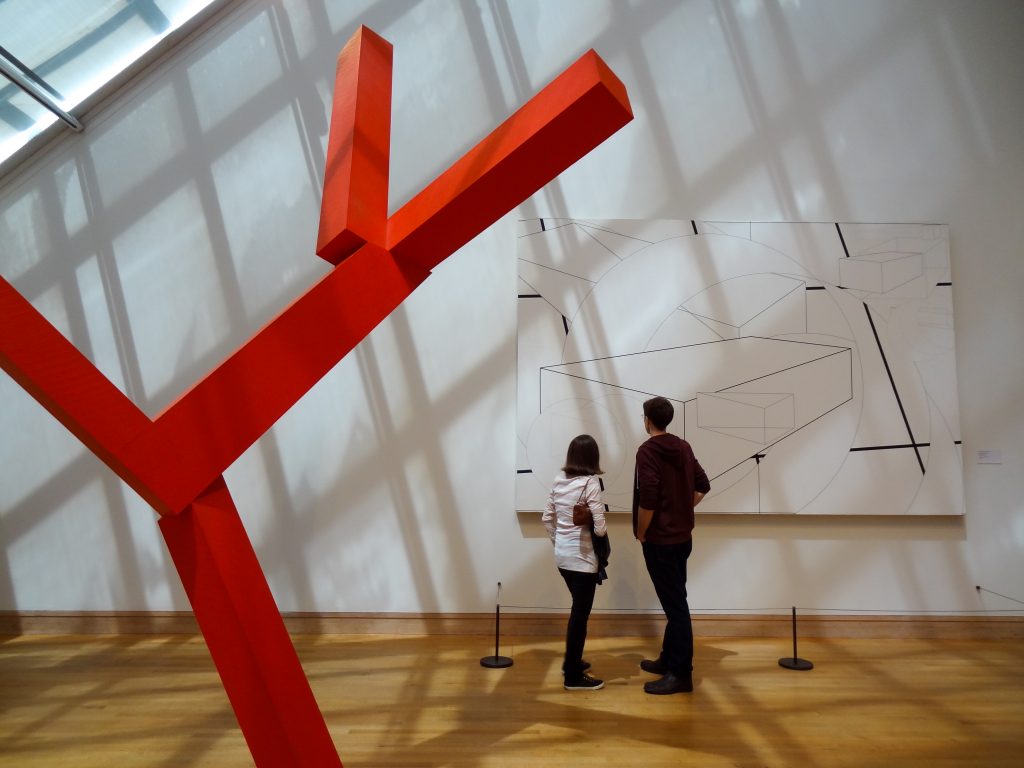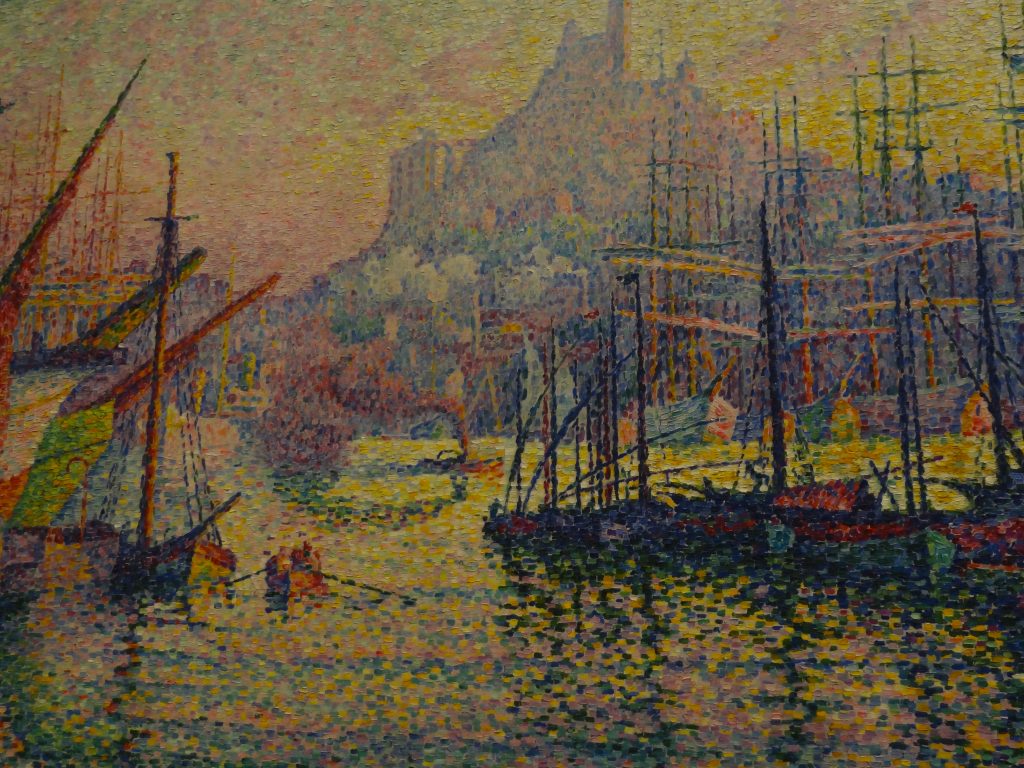Interview with The Met’s social media producer (Part I)
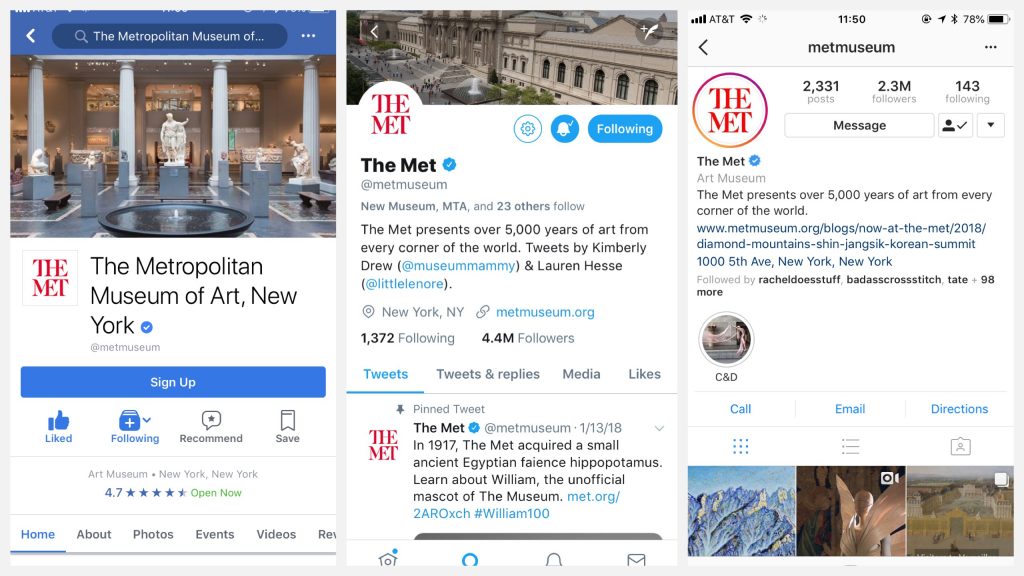
Lauren Hesse is the social media producer at The Metropolitan Museum of Art in New York City. Before coming to The Met, she was a digital marking manager at Penguin Random House. She also volunteers as a mentor at Girls Write Now, a non-profit organization that helps high school girls improve and explore their writing skills.
The Connector: Can you briefly introduce and summarize what your work is like as a social media producer?
Hesse: I work in The Met’s social media department as part of a two-person team with Kimberly Drew. I produce content for Facebook and Twitter. I’m writing content for both of those platforms every day of the week, helping strategize across our other platforms. That includes Pinterest, Instagram and WeChat.
The Connector: What is the biggest, most energy-consuming project that you’ve ever worked on at The Met?
Hesse: The biggest one this year will be The Met Gala, but we have had some fun and more institutional big projects. In March, The Met changed our admission policy, and we rolled out the admission announcement — it was a huge project. It took a lot of planning. We worked with other departments to discuss copy for social media — what the messaging will be when we send it — so there were a lot of different stakeholders. We all had to work together to coordinate on that.
On that day of the announcement, Kimberly and I were also on social media all day answering questions. Another fun project that I was able to pick up was celebrating the 100th anniversary of William, our little blue hippo being in the museum. That involved some fun projects with The Met Store and online scavenger hunts. There was a lot of different pieces of content that had to be put together. I also reached out to other museums, including [American Museum of] Natural History and The Louvre, and had them tweet their hippos from their collection, wishing William a happy birthday. That was a really fun thing to work with all the museums across the world.
The Connector: Did you meet any resistance regarding publishing William’s birthday on social media? Because of the fun tone, as opposed to the academic tones our scholarly departments have.
Hesse: I think the biggest thing in terms of balancing the academic tone was making sure the messages said his 100th celebration, you don’t say, “happy birthday William,” because he is more than 5,000-years old. He’s a very old artifact, but he has only been at the Museum for 100 years. A lot of that was done through sharing blog posts and scholarship on how he came to the museum, how he was x-rayed again recently with our new technology to see if there are anything new we would learn about him. But we had this fun take to convey the educational side.
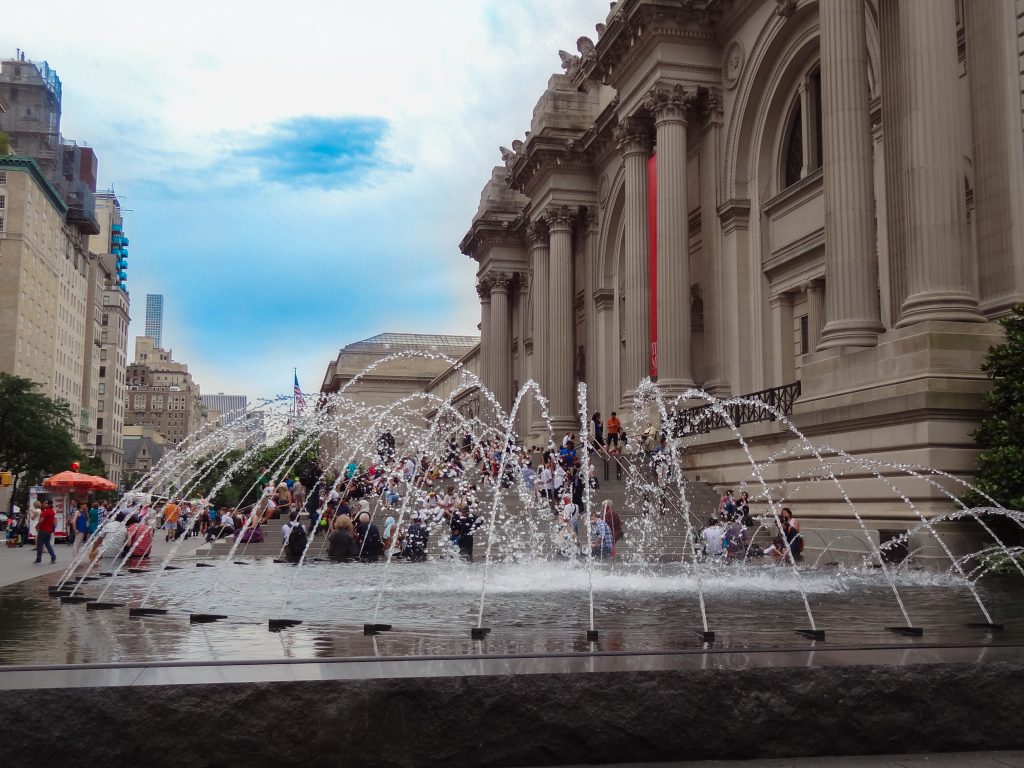
The Connector: You were talking about collaborating with other museums around the world, big museums like The Louvre. How did you guys reach out to them? Was it your idea and was it nerve-wracking?
Hesse: Yes, it was me and I just direct messaged them on Twitter, which was a really nice experience in seeing how museums work together. It’s a small network of people who do social media at museums. Being that I’m new to the museum world, it was a little nerve-wracking, but everyone was super wonderful, pleasant and excited. It was incredibly energizing to have people to be excited about our project.
The Connector: Social media in museums is a relatively new feature, perhaps 10-15 years. What do you think is social media’s role in running a museum?
Hesse: I’m the only third person to be in this position at The Met, so it is very new. I think we have an obligation to inform people of what happens inside the museum. The Met is a huge institution, and it can be head spinning to think about how many things are happening at once — from educational to exhibition. So, it’s about being in a place where we can talk about all these things, and to be able to answer questions — be a voice that is all knowing but also educational.
I think it’s important for museums to continue their scholarship but open them up to everyone. So it’s not just for people who are studying these artifacts and histories at a high school level or Ph.D., it’s opening up to people who might not have any knowledge of art history but might know who [Edgar] Degas is. They come to the exhibition and read this text panel and go down the rabbit hole, more and more. Our role is to make things that are intimidating more accessible. We want to bring the museum to people who are separated from us geographically.
The Connector: Yes, especially because you have a lot of international audiences on Facebook.
Hesse: Yes, it’s a huge international audience. I like to think about getting people excited who might be coming to us but also people who might not have the means to go to a very expensive city across the world. How can we, through social media, bring the museum to them.
The Connector: Would you say The Met has a unique social media project, different from other museums?
Hesse: I think that Kimberly and I have a lot of creativity, and I think just the sheer size of the museum collection gives us a lot to work with. Because we have so many curatorial departments, we are an encyclopedic museum — I mean we have objects that span over 5,000 years. That’s an already very unique thing that the Met offers. We have large social media platforms, we can do things like Instagram Stories, or Facebook live exhibitions tours for many different exhibitions that are happening at the same time in the Museum.
The Connector: People love the Facebook live videos!
Hesse: Yes, so it’s a great opportunity for us because we get to see how they are reacting — we have a large sample size to pull from. And hopefully, there’s something for everyone on the platforms. This week I brought a friend to The Met. She’s a teacher and we were here with her colleague, an art history teacher. The art history teacher was talking about how she uses the scholarship from The Met’s website for her students. So, it was very exciting for me to think about how all these documents we have benefit kids in an art history survey in a school out of Boston.
The Connector: I think The Met has a great education department. I was in The Guggenheim the other day, and there was not a lot of kids and families. The museum size is smaller, but at the same time there are not as many families like in The Met.
Hesse: That’s a huge reminder for me — when I come in the museum in the morning, it might have been a long horrible commute. But then I see the school groups in the Uris center and I would think, “this is why we are here.” Those kids are so excited, and I am too.
The Connector: What do you love about the Arts?
Hesse: I think, at first, I was scared coming into the museum world. Writing was my major, but I’ve studied a few surveys in art history and studied a bit about contemporary art when I was studying abroad in London. I got interested in contemporary art through that lens. Coming to The Met is scary because it’s so huge, and here are world renown experts in their field. The thrilling thing about the arts is there’s always more things to learn and more things to see. The more you learn and see, the more you develop your own taste and opinion.
That’s very fun because I can see myself being more critical thinking about things in both positive and negative perspective. I was able to do Facebook live tours with exhibition curators, like Joanne Pillsbury for Golden Kingdoms. When my best friend was in town this week I took her to the exhibition, and I was able to tell her information and contexts of the objects in the galleries. I would have never imagined I would know anything about pre-Columbian luxury goods. That’s what I love most — museum education. It sounds so cheesy, but there’s always more to learn.
The Connector: Being in a museum is like taking art history lessons with the objects. You learn from tours and from the text panels next to the objects.
Hesse: Yes, a lot of my job requires reading. I need to figure out how to take the curator’s texts, without changing the meaning, and fit it into a tone that fits social media. It’s a challenge just with character counts alone.
The Connector: You worked in a publishing house before. How do you think your experiences informed your job here?
Hesse: I think writing is always a great thing to major in. I majored in writing and had a double concentration in creative non-fiction and professional technical writing — it’s business, grant writing and some non-profit work. I was working in marketing at publishing houses and I loved it because I got to promote another peoples’ writing. I know it’s really in short form, but every day I’m writing something. I have to write content and think about how the public would perceive it.
The Connector: To think about what the audiences would look for.
Hesse: Exactly. Working in publishing is always thinking about the audience — asking questions like, who is going to read this book and how do we reach them? That was the critical challenge. My experience really helped me tackle developing audiences for The Met’s social media. I think my passion is writing focused but also general liberal arts. I had a minor in marketing, but I also took classes in gender studies, art history and general credits for math. Those experiences were worth it. I think it’s the non-major classes that would come back later in my life. I would never have thought I would be working in a museum, but here I am.
The Connector: Can you tell me more about why you think writing is a good major to take? It’s interesting because most people would think it’s not a money-making subject, and there are limited paths that you can take. In the general perception, you would either just be an author or a journalist.
Hesse: I think writing always make sense because you need to be a good writer in any job you do. You’re communicating via email, you’re communicating in person, so you have to have a presence and be able to read, contextualize and respond.
The Connector: Yes, you don’t even need to be eloquent. You need to be able to communicate effectively.
Hesse: Exactly, effective communication and analysis. I think writing is never a bad idea. I mentor with a nonprofit organization that works with high school female students called Girls Write Now. A lot of the girls are thinking critically about what their careers are going to be. Writing is fundamental to a career because the first thing your employers are going to see is your resume – that writing has your strongest source. So, an ability to write is always at the top of my list.
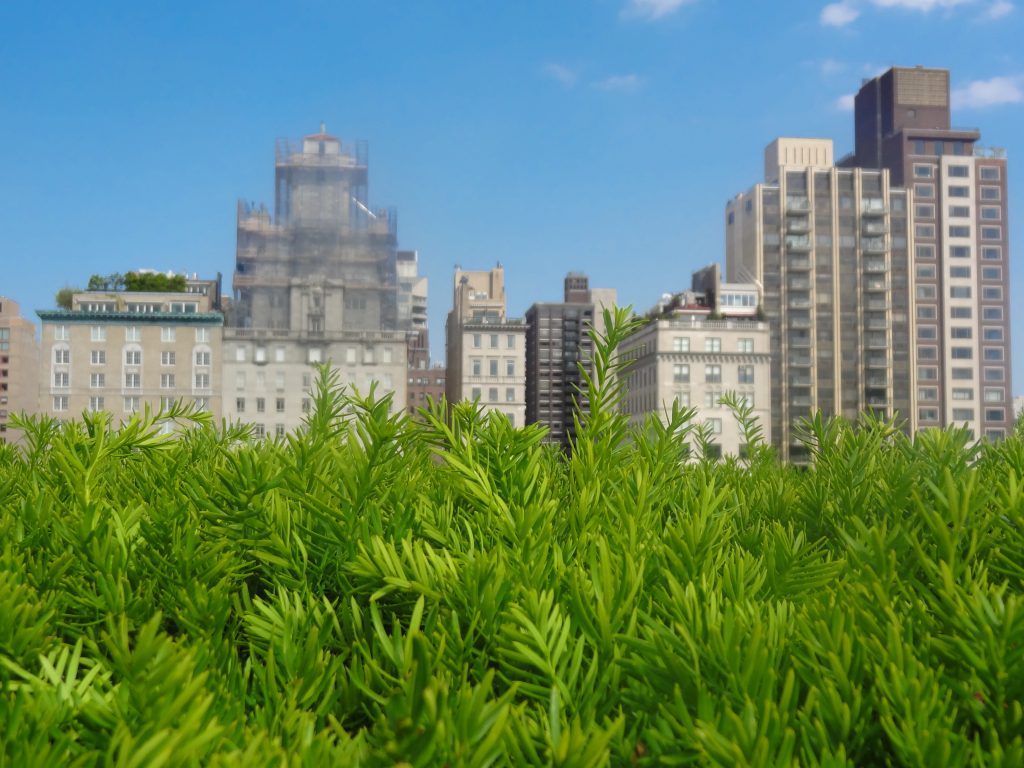
The Connector: Since this interview is for student media, I have to ask: what’s the biggest reality check you got when you came out from school as a graduate?
Hesse: The funny answer is that I did not understand student loans and how awful that was going to be. Because when you get the note at the end of your degree, that’s a true shock. But that being said, I still have to pay it, and I was working in publishing — which is not Wall Street. I think the biggest reality check was discovering the influence I have. You hear a lot about millennials being entitled, but millennials have grown up with digital media, and we are savvy and excited about it. I was surprised that my opinions are valued from my work as a social media manager. I had a great boss — I was automatically his partner in crime. That was out of expectations. I was expecting to be one of those assistants who only does photocopying, running for coffee and being at the office at all hours. But I was able to jump in creatively, in part because I have this writing and social media background. I also keep hobbies outside of work. I had this really silly Tumblr and was able to alter the look of the blog because I taught myself coding. So that was one of the skills that got me my publishing job. It helped me stand out.
The Connector: By having a range of talents.
Hesse: Yes, exactly. And just being passionate.
The Connector: Good to hear that your expectations versus reality was not a horrible transition.
Hesse: Being in New York was a big jump and was hard in the beginning. It was not glamorous. My first few years here were awful. I had a terrible apartment and low paying job — it was not great. But I was also incredibly fortunate to be able to move to New York. Then finding things like Girls Write Now and a publishing job that I liked, and now at the museum. A job that I’m passionate about truly helped me trudge through the bad times.
This piece is part one of a two-part series of interviews with The Met’s two-person social media team. Look for the next installment of the series next week featuring Kimberly Drew, senior social media producer at The Met.




















